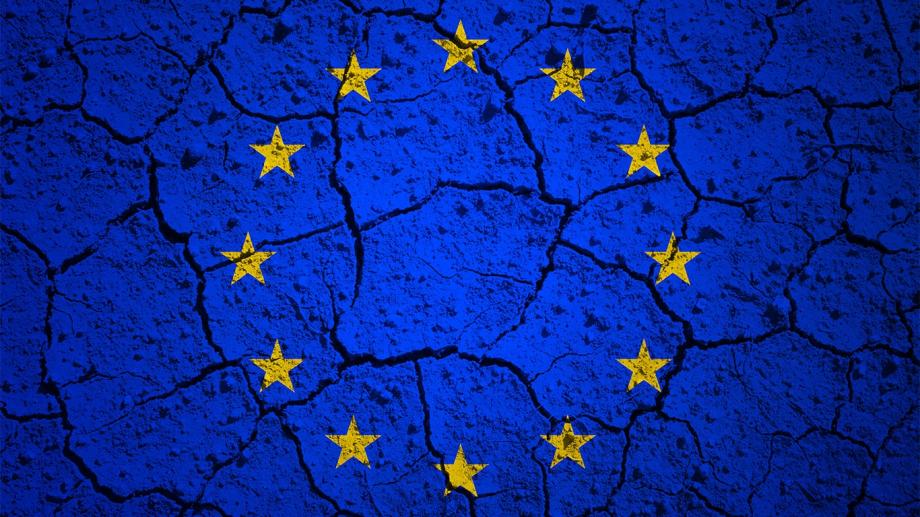How CEE is Coming to Terms with the EU’s New 2030 Climate Target

*This commentary is based on two closed-door Chatham House Rule discussions: “Unpacking 2030 Low Carbon Pathways” side event during GLOBSEC Forum in October 2020 and “Czechia and Slovakia first response: National perceptions of 2030 target and implications for recovery policy” virtual roundtable in November 2020.
Slowly but surely, CEE Member States have been coming around to the European Commission’s more ambitious 55% emissions reduction target for 2030 since it was announced in late September. The European Council is expected to endorse the new target at the last Council meeting of the year, 10-11 December, allowing the EU to submit an updated nationally determined contribution to the UNFCCC secretariat on time and keep its Paris Agreement commitment.
The Council endorsement was by no means a foregone conclusion. During the initial lockdown and ensuing economic crisis, there were calls in Warsaw to abandon the emissions trading scheme and in Prague to torpedo the European Green Deal. Then there was the measured and cautious response in October to the Commission’s impact assessment. Yet, in many ways, this was the easy part. After all of the political wrangling to arrive at the bigger number, there is a long road ahead for technical implementation.
For the most part, CEE governments do in fact support more ambitious EU climate ambition but, at the same time, want to understand exactly how the commitment impacts more vulnerable economic structures. In addition to lower GDP per capita and higher energy poverty, CEE economies are industrialized and (to varying degrees) coal-dependent, meaning more carbon and energy-intensive.
People can talk about the different starting points and national circumstances and respecting fairness and solidarity which is all-important to acknowledge and reflected in EU legislation – but this just means more processes and infrastructure that needs to be upgraded and modernized anyway, the difference is a legally binding timeline for action.
The true underlying challenge is attracting and facilitating massive investments that will be needed to decarbonize the economy. Capital markets are not integrated, financial instruments not sophisticated, and private investment tends to be risk-averse. Moreover, public spending mechanisms channelling EU funds are heavily bureaucratic and lack a cohesive vision.
There is a clear consensus among leading economists that green is the way to go, especially for recovery. Several studies have shown clean energy projects have the highest investment multipliers and more ambitious green policies lead to GDP growth: Czech Republic (1, 2), Poland and Slovakia. These are not going unnoticed in CEE, and there is growing awareness that indeed European Green Deal and now the NGEU funds provide an opportunity to not only upgrade and decarbonize energy systems but to innovate and create new business opportunities.
Beyond the rhetoric of the new 2030 climate target, which is just a number, after all, CEE must be treated as an equal partner to truly buy into the European Green Deal legislative process. Governments do not believe the European Commission did enough to explain its September impact assessment and are still waiting to learn about the data and methodology. They want more flexibility to meet targets and a technology-neutral approach. They want to reform the emissions trading scheme, not expand it. They want a Just Transition fund fit for purpose. They want a revision of state aid decisions affecting the energy and heating sector. They want a carbon border adjustment mechanism to protect the industry and free European allowances until then. This is not an exhaustive or nuanced list but the point is starting positions are quite reasonable for a region that prides itself on pragmatism.
The European Council endorsement of 55% is an important milestone and could even be interpreted as an act of goodwill from reticent CEE governments. Now, this positive political momentum needs to be translated into constructive technical dialogue in 2021, which is certainly the expectation in CEE capitals that stand ready to do the business of climate action.